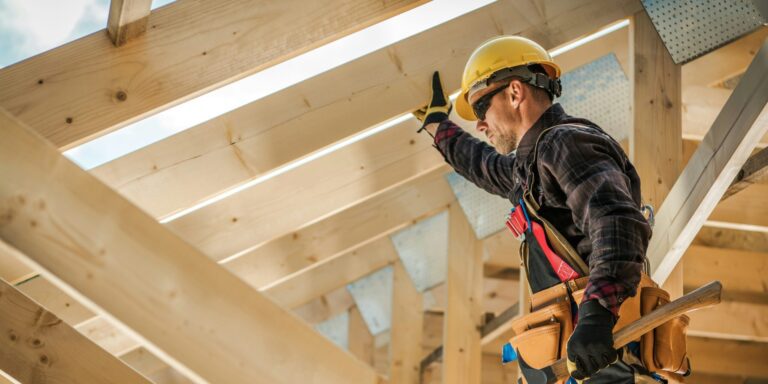In a sign of cautious optimism for the U.S. construction industry, the latest data from the U.S. Census Bureau shows a slight 0.2 percent growth in total construction spending in August 2025. This modest increase, while small, is seen as a positive development amid ongoing economic challenges and a fluctuating market. Construction and materials industry leaders have reacted with a blend of optimism and pragmatism, acknowledging that while the growth is welcome, the path forward remains filled with complexities that require strategic adjustments.
The data paints a mixed picture. While total construction spending rose, certain sectors still faced challenges. For example, spending on single-family home building fell by 0.4 percent, and non-residential construction, including office buildings and factories, continued to decline. These figures reflect the ongoing pressures on new construction, primarily driven by high borrowing costs, which continue to dampen the demand for new single-family homes. In addition, businesses and developers are grappling with rising material costs and labor shortages, which have hindered the pace of growth in these sectors.
However, there are brighter spots in the data. Residential renovation activity and multi-family housing projects showed some signs of resilience. Renovation, particularly in the residential sector, has seen a steady increase as homeowners opt to upgrade or retrofit existing properties instead of building new ones. The multi-family housing sector, which includes apartment buildings and mixed-use developments, also saw a slight uptick in investment. These segments of the construction industry are benefiting from demand in urban areas, where housing shortages and rising rental demand are driving investment in multi-unit developments. This shift toward renovation and multi-family housing is proving to be a lifeline for many construction businesses that would otherwise be dependent on the more volatile single-family homebuilding market.
For construction materials suppliers, general contractors, and service providers, the strategy has begun to shift. With new single-family housing starts remaining sluggish, many in the industry are refocusing their efforts on the renovation and retrofit markets, as well as multi-family housing projects, where demand remains more robust. This pivot reflects an understanding that diversification is key to navigating the current landscape. By aligning themselves with sectors that are seeing more stability, such as residential renovations and multi-family housing, companies are positioning themselves to weather the high borrowing costs and inventory challenges that continue to affect the industry.
Construction firms are also placing a greater emphasis on maintaining tight cost controls. With inflationary pressures still affecting material prices and the cost of labor remaining high, companies are looking for ways to streamline operations and improve efficiency. By focusing on more resilient sectors, such as renovation and retrofitting, businesses are able to reduce their reliance on the more volatile new construction markets, providing some insulation against the broader economic uncertainties.
Despite the modest monthly growth, the overall picture remains one of caution. Year-over-year spending is still down by approximately 1.6 percent, highlighting the ongoing struggles the industry faces. The drop in investment in non-residential construction, particularly in office buildings and factories, signals a more subdued outlook for commercial real estate development. Federal construction spending also saw a decline, further emphasizing the challenges facing both public and private sector construction projects.
Looking ahead, the construction industry will need to remain agile to continue adapting to the current economic environment. The August data suggests that while some sectors, particularly multi-family housing and renovation, are providing some stability, the broader market remains fragile. The ability to pivot toward more resilient areas, such as multi-family housing and renovation, will be essential for companies seeking to maintain profitability and growth. Additionally, firms that can manage costs effectively, secure materials more efficiently, and take advantage of opportunities in retrofit and sustainability-focused projects may be better positioned as the market continues to evolve.
As the industry moves into the final months of 2025, the key question will be whether this slight uptick in construction spending can be sustained. While the growth in multi-family housing and residential renovation is encouraging, it remains to be seen whether these sectors can offset declines in single-family and non-residential construction. For now, the cautious optimism within the industry is tempered by the understanding that significant challenges still lie ahead. If construction firms can continue to adapt and focus on the sectors that show the most promise, there is hope that the modest growth seen in August can lay the groundwork for a more stable and robust construction market in 2026.


